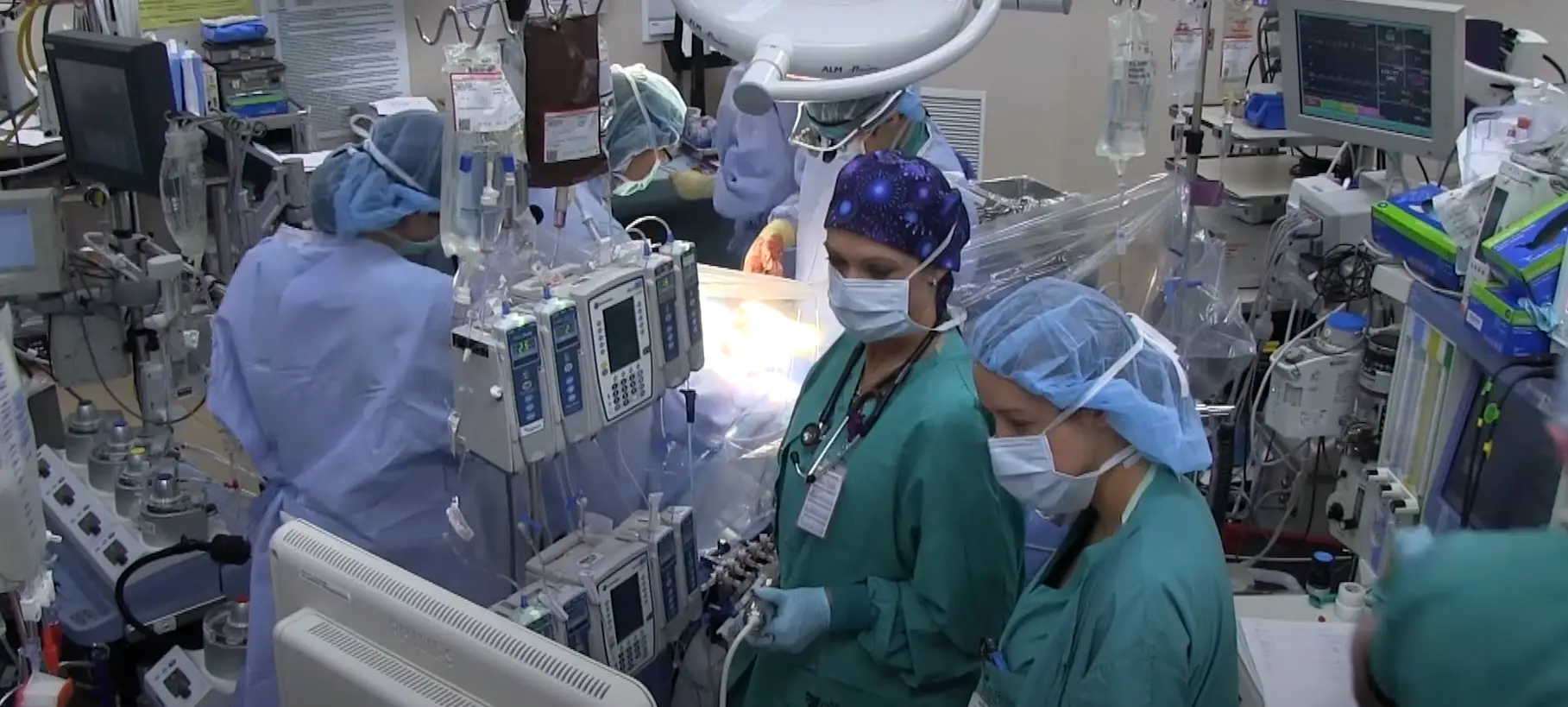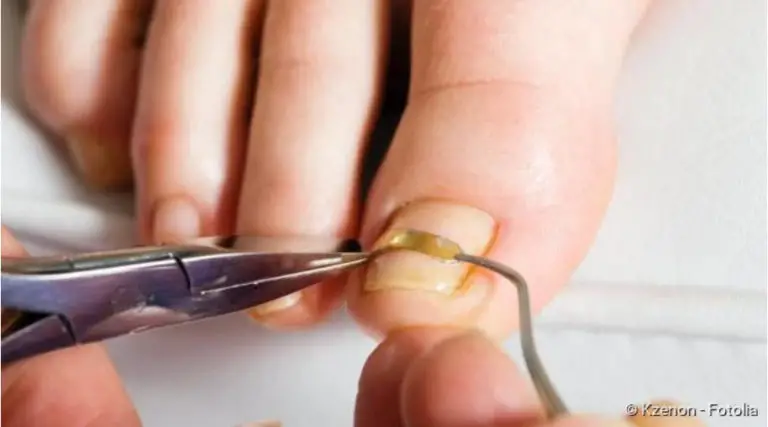Mesothelioma Diagnosis
Mesothelioma Diagnosis
Mesothelioma diagnosis offers some challenges in relation to the diagnosis of other related conditions, such as cancer (Source). In the particular case of mesothelioma, the patient must undergo different tests (sometimes performed by different doctors) (Source) and their results will be analyzed by a team formed by medical experts in different areas (Source).
This fact is easier to understand with an example (Source). The suspicion of mesothelioma is usually made by a general practitioner because he/she tends to be the first doctor to whom the patient comes when he/she presents the first symptoms. However, the patient is usually referred to other doctors like pulmonologists, oncologists, radiologists, surgeons, and pathologists (in this order) to be totally evaluated and stage the cancer once it is diagnosed.
Telling a person that he/she has any type of cancer is always difficult because of the meaning of this diagnosis. So, the doctor usually prefers to be completely sure before communicating this notice to any patient. Likewise, certain types of cancer are easier to diagnose than others, so it is always important to look for a qualified doctor or medical team in the area to avoid false positives that could be very stressful for the patient.
The diagnosis of mesothelioma begins with the suspicion of the patient’s attending physician by a history of respiratory symptoms and a chronic exposure to asbestos. At this point, it is very important to say that pleural mesothelioma is a rare disease that can be mistaken with other respiratory diseases or types of cancer (usually a more common type) because of the non-specificity of its symptoms.
One reason why pleural mesothelioma is so difficult to diagnose is the fact that it does not usually cause any symptom in the first stages and when it causes symptoms in the later stages, they are very similar to the symptoms and signs present in other benign respiratory diseases, so in the beginning, the patients tend to ignore them, and they do not go to the doctor.
This fact is so true that the pleural mesothelioma is usually diagnosed 6 months after the symptoms begin to be annoying. Among the most common symptoms that the patients refer, cough, shortness of breath, fatigue, hoarseness, difficulty swallowing, pain in the lower back or on the side of the chest, fever, sweating, weight loss and swelling in the face and arms, among others can be included.
This fact also explains why the patient is usually referred to a more qualified doctor in the area, such as a pulmonologist.

Another thing that makes the diagnosis of the pleural mesothelioma difficult is that it produces few signs, or they are virtually undetectable. Many types of research actually show that diagnosing pleural mesothelioma is so challenging that even qualified and experienced doctors tend to ask for a second opinion.
On the other hand, properly completing the patient’s medical history is very important, including his/her occupation, because the pleural mesothelioma is closely related to an occupational exposure to asbestos. It is very important to highlight that this is the main reason why the patients with this kind of occupation are followed up with a periodic and exhaustive physical exam.
The general practitioner must think in a pleural mesothelioma when they have a patient with a history of chronic exposure to asbestos and unspecific respiratory symptoms. Before referring the patient to a pneumonologist the general practitioner can ask for certain tests such as blood tests, imaging scans and even biopsies to rule out other diseases or confirm the diagnosis. Likewise, the doctor may indicate different pulmonary function tests (PFTs) to verify if the patient has proper lungs’ function.
In the study of a patient with the suspicious of pleural mesothelioma, different image tests can be included. The first image test that the doctor usually asks for is a chest X-ray, although this is not the most specific image test, the doctor can look for some signs that might suggest a pleural mesothelioma, for example, the presence of a pleural effusion, certain calcium deposits on the pleura or a variable thickening of the lung lining.
After that, the doctor can ask for a computed tomography (CT) or CAT. It is a more specific image test because it gives a lot of detailed cross-sectional images of the patient’s chest. The CAT has the advantage of providing higher quality images than a traditional X-ray and it can help to locate the pleural mesothelioma in a more specific area. However, it has the disadvantage that it takes more time to be performed and analyzed than X-rays.
It is also important to know that MRI (magnetic resonance imaging) provides a higher level of detail than other image tests. This test is especially used to detect the pleural mesothelioma spreading to other structures and organs inside the chest. For example, an MRI can help to determine if the pleural mesothelioma has spread to the diaphragm or mediastinum’s structures to evaluate if the patient is a good candidate to undergo a surgical treatment.
The doctors can also recommend the patient to undergo a PET-scan (positron emission tomography) to differentiate a possible scar tissue (a consequence of previous surgeries or invasive procedures) from cancer. Likewise, this study helps to show the areas where mesothelioma could have spread by detecting cancer cells.
Imaging tests are also necessary to establish the cancer’s stage in order to determine the best way of treatment. At this point, if the doctor really believes that the patient has pleural mesothelioma condition, the patient will be referred to a mesothelioma specialist.
Likewise, when the image tests have shown areas that could be cancer, the doctors usually ask for a biopsy, which can be obtained from both the pleural tissue and the pleural fluid (if it is present). It is very important to highlight that biopsy is considered the definitive diagnostic method for pleural mesothelioma.
There are different procedures that can be used to obtain a pleural biopsy. However, when the doctor is suspecting a pleural mesothelioma it will be usually performed through open surgery. In any case, the tissue or pleural fluid sample must be examined by a pathologist to analyze it and determine if it is cancer and what specific type.
When the biopsy is performed by thoracocentesis the doctor will use a special needle to obtain a sample from the pleural effusion liquid and will send it to the pathologist to analyze it properly. However, as this biopsy only identifies less than half of patients properly, the doctors usually prefer to obtain a pleural tissue sample.
There is a third technique that can be used to obtain a pleural biopsy, which is using a long needle to obtain a small piece of a pleural tumor instead of a sample of the pleural effusion. However, this technique has the disadvantage that, in some patients, the size of pleural tissue that can be obtained is not large enough to get a definite diagnosis.
Finally, nowadays the doctors prefer to use a fourth technique called video-assisted thoracic surgery (VATS). This is due to the fact that this technique allows the doctors to obtain a better pleural sample than the one obtained with a needle biopsy by performing a smaller incision than an opened thoracoscopy. It is considered a highly-recommended biopsy technique.
During this procedure, the surgeon uses a thoracoscope (a small and special camera) to collect the biopsy sample from the best possible area. This technique also has the advantage that it takes less than an hour to be performed and it has a fewer risk of developing complications than an opened thoracoscopy, but with the same diagnostic rentability.
In any case, as it was said before, the patient must be evaluated by a qualified specialist in mesothelioma in order to obtain a proper diagnosis, receive the best support during the process and establish the best way of treatment if needed. Likewise, the patient must be treated in a cancer center with a qualified pathologist able to study the samples obtained by biopsy.
The pathologist can also ask for a second opinion to guarantee a proper diagnosis and avoid confusing the mesothelioma with adenocarcinoma, a common type of lung cancer, which is very important to decide the treatment and improve the patient’s life expectancy.
There are also some new tests that can help to diagnose pleural mesothelioma through a blood test. The doctors have discovered that there are certain biomarkers that are elevated in patients with pleural mesothelioma, called soluble mesothelin-related peptides (SMRPs).
Likewise, in 2012 a new research showed that another biomarker called fibulin-3 can help to differentiate a pleural effusion caused by mesothelioma and a pleural effusion caused by other conditions.
Finally, in the last decades, the experts have been studying the relationship between certain gene-encoding molecules (also called microRNA) and pleural mesothelioma. One of these molecules is the miR-625-3p.
It is important to highlight that all these blood tests are still under research, and although they are considered a great chance to diagnose and detect pleural mesothelioma in the early stages, they must be used with other diagnostic techniques and not independently.
However, they can help to increase the patients’ survival by performing an early diagnosis, can also be used as a monitor for the patients’ progress during the treatment and as a follow-up after the end of it to detect possible relapses as early as possible.





